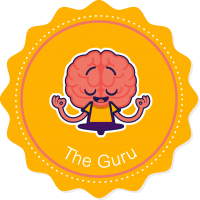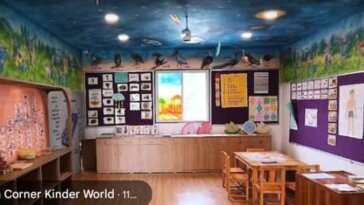Effective lesson planning is crucial for successful teaching and learning. A well-structured lesson plan serves as a roadmap for teachers, ensuring that educational goals are met and that classroom time is used efficiently. Here’s a closer look at why lesson planning is essential and some key components of a good lesson plan.
Why Lesson Planning Matters
1. Clear Objectives: Lesson planning helps teachers set clear, achievable objectives. This clarity ensures that both teachers and students understand what is expected by the end of the lesson.
2. Organized Structure: A lesson plan provides a structured framework for the class, which helps in maintaining a logical flow of information. This organization aids in better comprehension and retention of the material by students.
3. Time Management: With a detailed lesson plan, teachers can allocate appropriate amounts of time to different activities, ensuring that all necessary topics are covered without rushing or leaving gaps.
4. Resource Management: Planning ahead allows teachers to prepare and gather all necessary resources, such as textbooks, multimedia, and other teaching aids, which enhances the learning experience.
5. Adaptability: A good lesson plan includes contingencies for different learning paces and unexpected disruptions. This flexibility ensures that learning objectives can still be met even if the class does not go exactly as planned.
Key Components of a Lesson Plan
1. Objectives: Clearly defined goals that specify what students should know or be able to do by the end of the lesson. These should be specific, measurable, achievable, relevant, and time-bound (SMART).
2. Introduction: A brief section to capture students’ attention, introduce the topic, and explain its relevance. This sets the stage for the lesson and piques students’ interest.
3. Instructional Procedures: Detailed steps outlining the teaching methods and activities to be used. This includes direct instruction, guided practice, independent practice, and any group work or discussions.
4. Materials and Resources: A list of all materials needed for the lesson, including handouts, visual aids, technology, and any other resources that support the teaching process.
5. Assessment: Methods for evaluating whether students have met the learning objectives. This can include quizzes, homework assignments, class participation, or other forms of assessment.
6. Closure: A summary of the lesson to reinforce key points and connect the lesson to future learning. This helps consolidate understanding and provides a moment for reflection.
7. Reflection: After the lesson, teachers should reflect on what worked well and what could be improved. This self-assessment helps in continuously improving teaching strategies.











